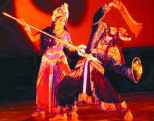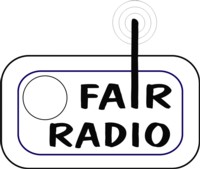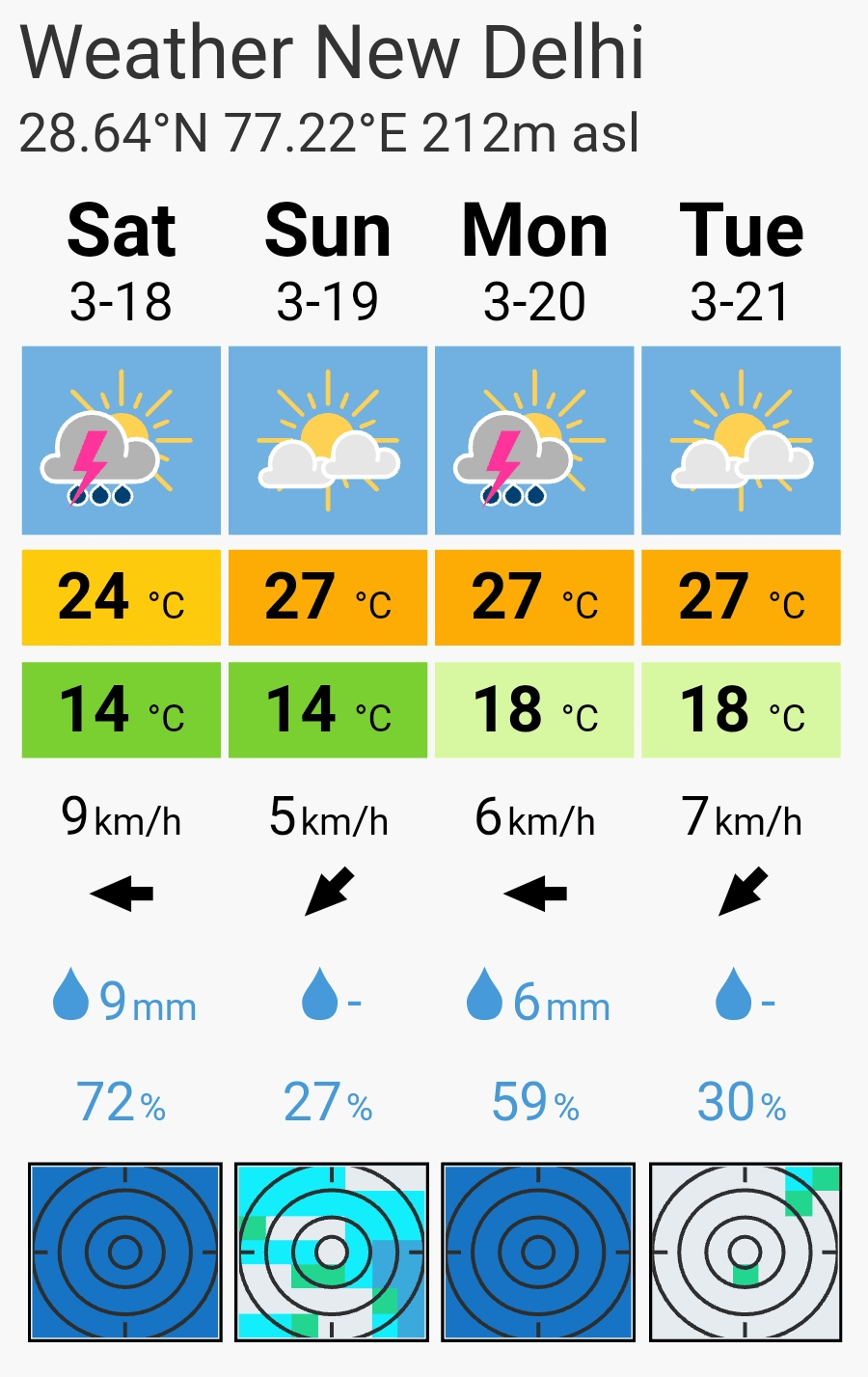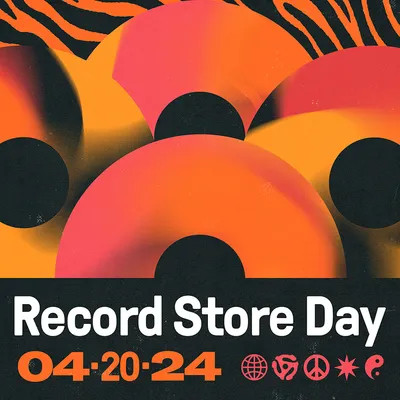Der Landesrat für Stadtteilkultur lädt ein zum 13. HAMBURGER RATSCHLAG STADTTEILKULTUR am 16. und 17. November 2012 im Haus der Patriotischen Gesellschaft von 1765 (Trostbrücke 4 – 6).
 Die Stadtteilkultur hat ihren Ursprung im Engagement von Hamburgerinnen und Hamburgern. Vor über 35 Jahren haben sich Menschen in unterschiedlichen Stadtteilen zusammengefunden, um eine neue Kultur zu etablieren: eine Kultur für alle von allen. Diese Initialzündung, das bürgerschaftliche Engagement, ist noch heute in Einrichtungen der Stadtteilkultur, in Kulturzentren und Geschichtswerkstätten erlebbar: Ohne die Unterstützung und die Beteiligung vieler engagierter Menschen wäre diese lebendige Kultur vor Ort nicht möglich.
Die Stadtteilkultur hat ihren Ursprung im Engagement von Hamburgerinnen und Hamburgern. Vor über 35 Jahren haben sich Menschen in unterschiedlichen Stadtteilen zusammengefunden, um eine neue Kultur zu etablieren: eine Kultur für alle von allen. Diese Initialzündung, das bürgerschaftliche Engagement, ist noch heute in Einrichtungen der Stadtteilkultur, in Kulturzentren und Geschichtswerkstätten erlebbar: Ohne die Unterstützung und die Beteiligung vieler engagierter Menschen wäre diese lebendige Kultur vor Ort nicht möglich.
Wie kann die Stadtteilkultur sich verstärkt mit migrantischen Kulturorganisationen vernetzen? Wie müssten sich Strukturen freiwilligen Engagements weiter entwickeln, damit sie den Herausforderungen einer weltoffenen Stadtgesellschaft gerecht werden können? Was sind Gelingensbedingungen für ehrenamtliches Engagement? Wie könnte eine inhaltlich-fachliche Qualifizierung vorangetrieben werden und wie kann ehrenamtliches Engagement die kulturelle Vielfalt bereichern und für mehr Bildungsgerechtigkeit sorgen?
Unter dem Motto “Engagement als Motor gesellschaftlicher Entwicklung” beleuchtet der 13. RATSCHLAG STADTTEILKULTUR Themen- und Handlungsfelder der Stadtteilkultur und diskutiert Gelingensbedingungen, Potenziale und Entwicklungsbedarfe zu folgenden Schwerpunkten:
Weltoffenes freiwilliges Engagement – Verbindungen schaffen mit »Bridging«
Ehrenamtliches Engagement erfolgreich gestalten – Ehrenamtsmanagement
Ehrenamt in der Kultur: Wie Kultur für einen kreativen Zusammenhalt in der Stadt sorgt
Engagierte Leseförderung – für mehr Bildungsgerechtigkeit in den Stadtteilen
PROGRAMM
Freitag, 16. November 2012
17:45 Uhr AUFTAKT mit Musik
18:00 Uhr BEGRÜSSUNG
Malte Krugmann, Patriotische Gesellschaft von 1864 e.V.
Dr. Nikolas Hill, Staatsrat Kulturbehörde Hamburg
Andy Grote, Bezirksamtsleiter Hamburg-Mitte
18:20 Uhr FACHIMPULS – Einstieg in den Themenkomplex
Lebendige Stadtteilkultur durch weltoffenes Engagement
Dr. Ansgar Klein, Bundesnetzwerk bürgerschaftliches Engagement, Berlin
18:50 Uhr PROJEKT-INTERVIEWS
Hella Schwemer-Martienßen, Hamburger Öffentliche Bücherhallen
Klaus Kolb, STADTKULTUR HAMBURG e.V.
Brigitte Abramowski, Geschichtswerkstätten Hamburg e.V.
19:15 Uhr TALK: Ehrenamtskultur in der Metropole
Talkgäste:
Dr. Nikolas Hill, Staatsrat Kulturbehörde Hamburg
Hella Schwemer-Martienßen, Hamburger Öffentliche Bücherhallen
Klaus Kolb, STADTKULTUR HAMBURG e.V.
Brigitte Abramowski, Geschichtswerkstätten Hamburg e.V.
Dr. Ansgar Klein, Bundesnetzwerk bürgerschaftliches Engagement, Berlin
Moderation: Linda Zervakis
20:00 Uhr AUSKLANG Musik und Buffet
Samstag, 17. November 2012
10:00 Uhr AUFTAKT
10:30 Uhr ARBEITSGRUPPEN
Weltoffenes freiwilliges Engagement – Verbindungen schaffen durch »Bridging«
Referentinnen: Gabi Klein, Kölner Freiwilligen Agentur
Helga Wallat, Fachamt Sozialraummanagement Bezirksamt Eimsbüttel, Integration und Stadtteilkultur
Dragica Bruegel, Fachamt Sozialraummanagement Bezirksamt Altona, Integration und Partizipation
Moderation: STADTKULTUR HAMBURG e.V.
Ehrenamtliches Engagement erfolgreich gestalten – Ehrenamtsmanagement
ReferentInnen: Anette Lahn, Ehrenamtsmanagerin, Berlin
Jens Schunk, ASB »Zeitspender« Agentur, Hamburg
Moderation: Ralf Henningsmeyer, GWA St. Pauli
Ehrenamt in der Kultur: Wie Kultur für einen kreativen Zusammenhalt in der Stadt sorgt
ReferentInnen: Stefanie Ehlert, Centrum für bürgerschaftliches Engagement, Mühlheim an der Ruhr
Kai Hermann und ein am Projekt beteiligter Schüler, Stadtteilschule Bergedorf
Moderation: Klaus Kolb, Kulturhaus Eppendorf
Engagierte Leseförderung – für mehr Bildungsgerechtigkeit in den Stadtteilen
ReferentInnen: Marianne Heidebruch, LiA – Lesen in Altona, mobile Leseförderung der GWA St. Pauli in Kooperation mit Seniorenbildung Hamburg e.V.
Hella Schwemer-Martienßen, Hamburger Öffentliche Bücherhallen
13:30 Uhr SCHLUSSAKKORD
Veranstaltet wird der RATSCHLAG STADTTEILKULTUR vom Landesrat für Stadtteilkultur der Kulturbehörde Hamburg. Der Eintritt ist frei.
ANMELDUNG
Kulturbehörde
K 23 – Kulturprojekte Werner Frömming
Hohe Bleichen 22
20354 Hamburg
040 – 428 24-221
werner.froemming@ kb.hamburg.de

























